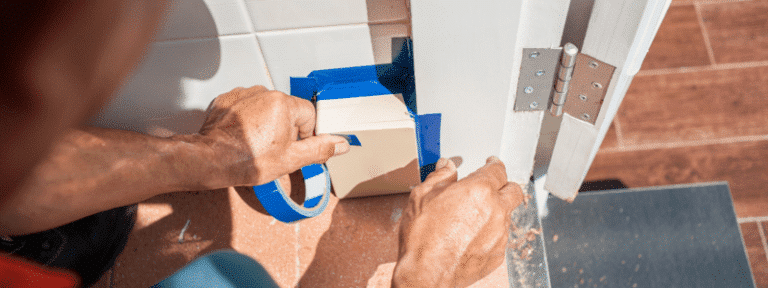The hot Arizona climate and dynamic landscape make an ideal home for humans and, unfortunately, for many pests. This means that the Arizona summer bugs are plentiful and destructive if you don’t deal with them appropriately.
Luckily, we’ve compiled a comprehensive list of 10 summer bugs to look for. Learn about:
- Bugs that come into your house in the summer
- How to keep bugs out of your house in the summer
- Why there are so many bugs this year
- Summer bug safety tips
What Bugs Come in Your House in the Summer?
Insects in Arizona are incredibly persistent during the hot Arizona summer months. Knowing your enemy and their motives can help you stay safe, unbitten, and unbothered. Here are ten summer bugs you’ll see in Arizona this summer:
Ants

Arizona’s hot climate brings out several species of ants, including carpenter, fire, and leafcutter ants. Regardless of the ant species, they will be destructive and unsanitary if they overrun your home. Ants are mainly after water, food sources, and a safe space to nest, so keeping your home tidy is critical. Ants are worse during the summer because prior rains can affect their nests, meaning they will be on the move to fund new food and spaces in your home.
Scorpions
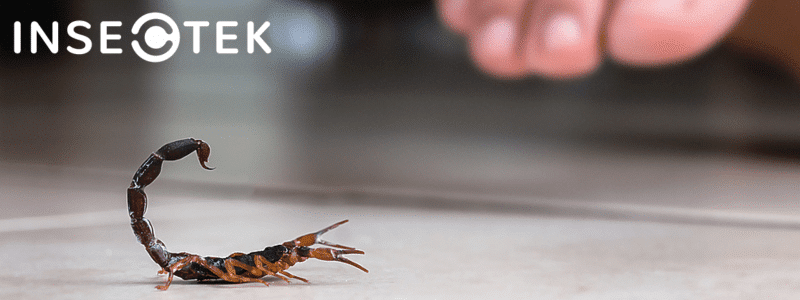
Scorpions aren’t exactly bugs – they are in their own family of creatures called Scorpionidae. The more critical education about scorpions is how to keep them away, as there are three main types of scorpions. Scorpions are looking for shade, water, and insects to eat, so remove standing water from your property, check dark shady areas often, and always look in your shoes before you put them on.
False Chinch
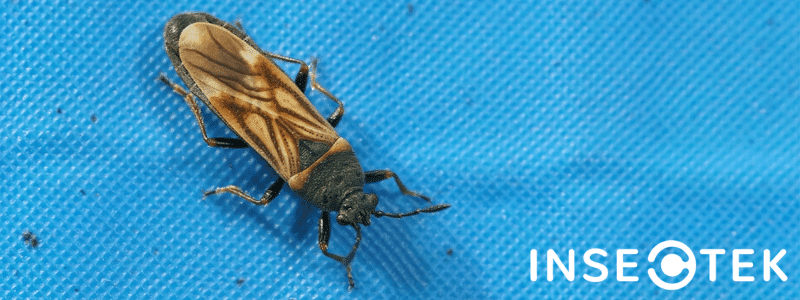
False Chinch bugs have been popping up in massive numbers during recent Arizona summers. Though they are not the most insidious pests, they can cause damage to plants and property and are incredibly annoying when they swarm. If squished against the skin, they can cause a short-lasting burning feeling. They prefer to eat mustard family plants like radish, canola, and mustard greens. Keeping your yard and plants tidy is the best way to avoid a false chinch infestation.
Palo Verde Beetle
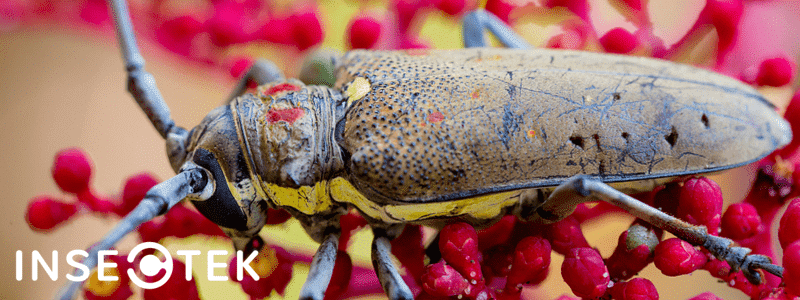
Often mistaken for cockroaches, Palo Verde Beetles are their own kind of menace – and can damage your property if unaccounted for. They’re large, black, and a part of the Longhorn beetle family. Though they are harmless to humans, their diet consists of trees, shrubs, and roots, meaning a Palo Verde Beetle infestation can do some damage to your yards. They can fly, but not well. And while they’re not poisonous, their bite and pinch can hurt.
Drain Flies
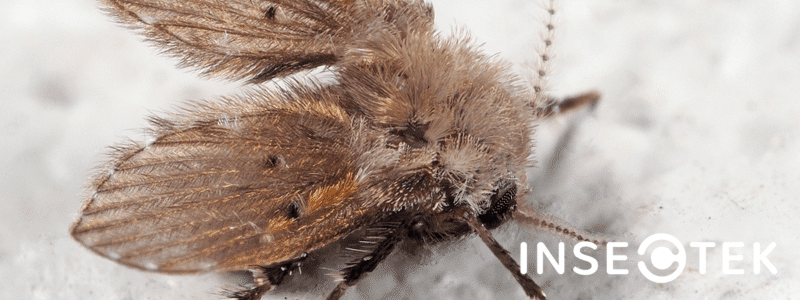
Drain flies from your plumbing are another nuisance you don’t need during the hot Arizona summer months. Drain flies are attracted to standing water and bacteria that forms in your pipes. They are small and fuzzy flies that do not cause overt harm to humans but can spread the bacteria they populate in. Using baking soda-based cleaners or other solutions is an excellent DIY measure to prevent drain flies from entering your home.
House Crickets
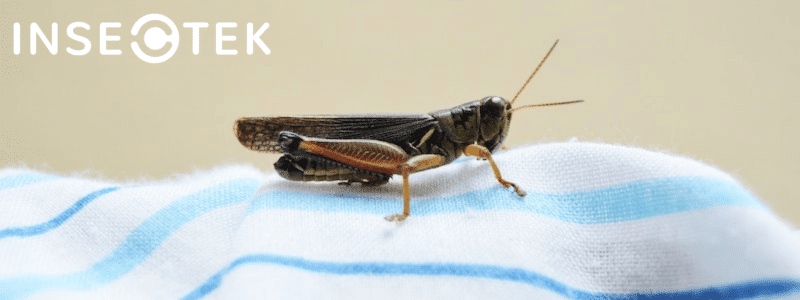
Crickets in Arizona tend to swarm during the summer months because they are looking for water to drink and textiles to use as food and nesting materials. While crickets don’t bite or sting and rarely carry disease, they can be highly disruptive to your home.
A cricket infestation will be loud, destroy your clothes and furniture, and attract other pests looking to feed on the crickets themselves. You can avoid this disruptive summer influx by taking proper precautions and getting professional cricket control.
Orb Weaver Spiders (and other Arizona spiders)
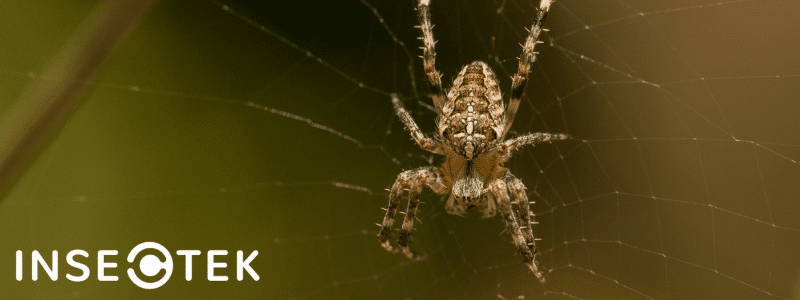
Arizona has dozens of types of spiders, and the Orb Weaver is one of the most common home invaders. Spiders are attracted to other small insects, bright lights, and conditions ideal for trapping prey. Desert Recluse spiders are among the more concerning pests to watch out for (not to be mistaken with the Brown Recluse). You’ll also spot black widows, wolf spiders, tarantulas (not as much), harvestmen, and others throughout Arizona.
Termites
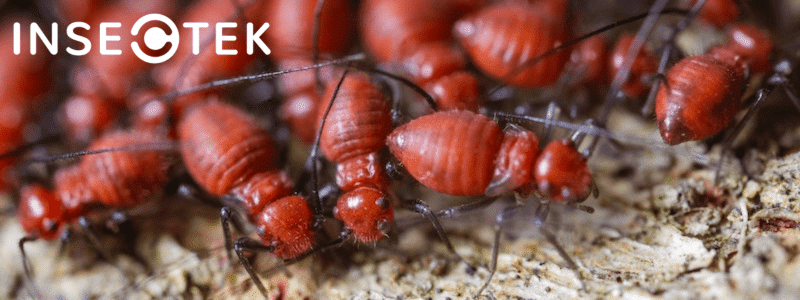
Termites in Arizona are most active during the summer months – especially in August leading into the fall. They’ll harm your home’s wood infrastructure, leading to costly repairs and permanent damage. If you suspect termites, look for peeling paint, small holes in drywall, and wood that sounds hollow when tapped. Termites are difficult to eliminate due to their resilience and rapid reproduction, so immediate intervention is critical.
Cockroaches
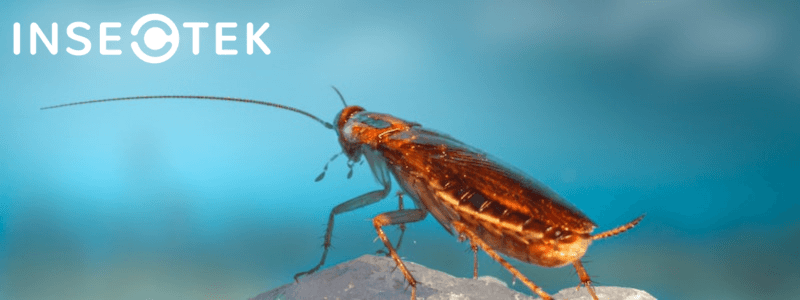
Cockroaches are especially attracted to warmth – a big problem for Arizona residents. Because the climate is relatively warm year-round and scorching during the summer, cockroaches in Arizona are one of the most common and intrusive pests. They are scavengers seeking food and water sources; if you see one, there is a good chance there are plenty more lurking.
Wasps/Bees

Many species of wasps, bees, and other winged stinging insects can make life uncomfortable during the summer in Arizona. These flying fighters seek sugar, fragrances, body heat, and a place to make a nest. These resources are all at a premium during the summer, so be extra careful to keep surfaces clean and plants trimmed, and put away any food sources that could attract bees and wasps to your home.
Bed Bugs
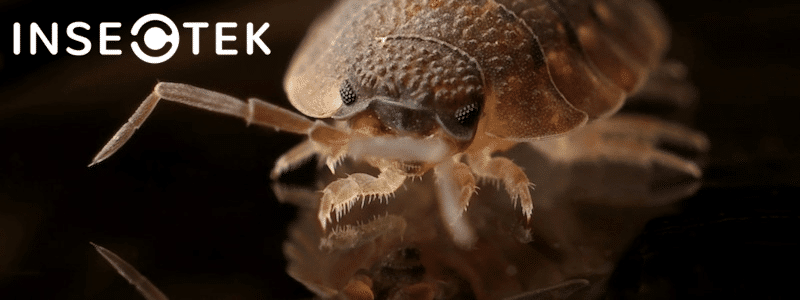
Bed bugs are wingless insects, reddish-brown, and about the size of an apple seed. They’ll nest in bedding and other materials, biting humans and animals, putting them at potential risk for a serious allergic reaction. Their primary food source is blood; they’ll search for warmth and carbon dioxide. Bed bugs can be seen with the naked eye, so an infestation and the bites they leave behind should be apparent.
Fleas
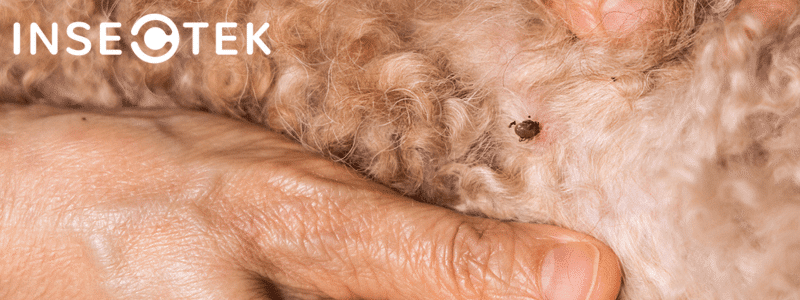
Fleas are tiny insects that survive by feeding on the blood of humans and animals. They have a brownish-red color with a small head and a larger body. Flea bites cause itchiness and irritation. They’re mainly attracted to warmth, light, and CO2. A flea infestation puts both your family and pets at risk. Especially for pets, it’s important to check for fleas frequently.
Ticks
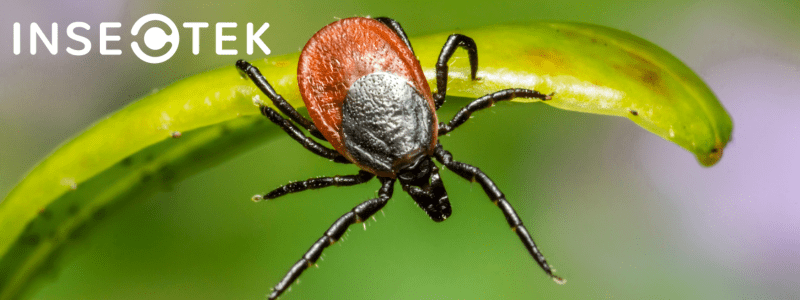
Ticks are small arachnids that live and feed on the blood of their hosts, usually mammals, birds, and reptiles. They’re wingless with a flat, oval appearance and brownish-red body. They’ll also attach to humans and can put people at risk of tickborne diseases like Lyme disease, babesiosis, and Mountain Spotted Fever. They usually reside in wooded and grassy areas and are most active in the warmer months.
Cicadas
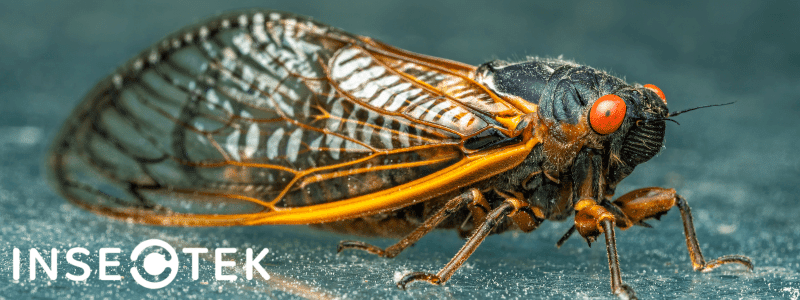
Cicadas are known for the loud buzzing sound that the male species makes to attract mates. They’re large insects with transparent wings and large, red eyes. Cicadas mainly feed on plant sap, and while not particularly harmful to humans or plants, they can become a nuisance due to their constant buzzing and large swarms. There’s a lot of symbolism with cicadas. Many cultures recognize them to represent renewal, rebirth, and transformation.
Earwigs
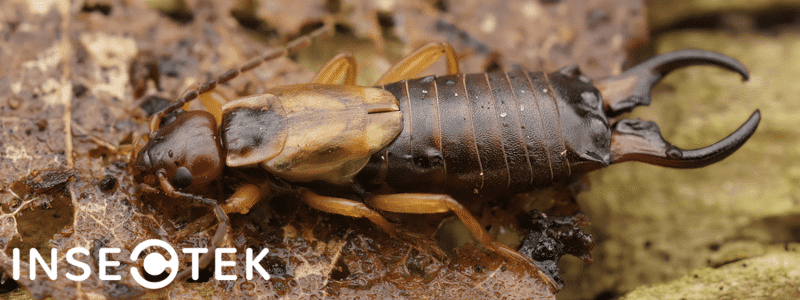
Earwigs are elongated and brown or black. Despite their name, earwigs don’t crawl into human or animal ears. They’re nocturnal and search for dark, humid environments, often in yards and trees. Some species can damage plants and pinch when threatened. Aside from this, they’re not a significant risk to humans and more so cause problems in yards and gardens.
Centipedes
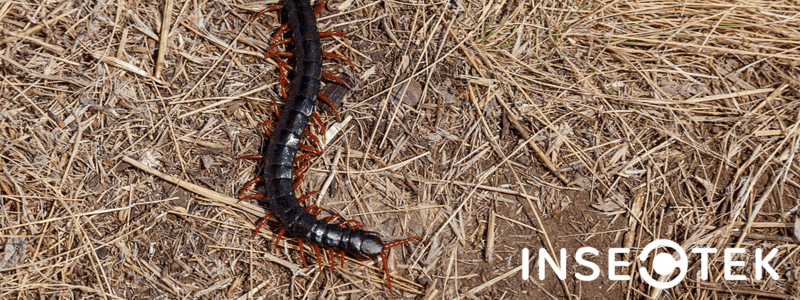
Centipedes are among the most intimidating in appearance. They have long bodies and multiple legs, sometimes over 300. Centipedes prefer to hunt at night and feed on other insects, using their venom to immobilize and kill their prey.
Centipedes may bite or pinch people when threatened, sometimes causing swelling and discomfort. Unlike many other household pests, centipedes don’t cause damage to the home, but most people would prefer not to have them around.
Moths
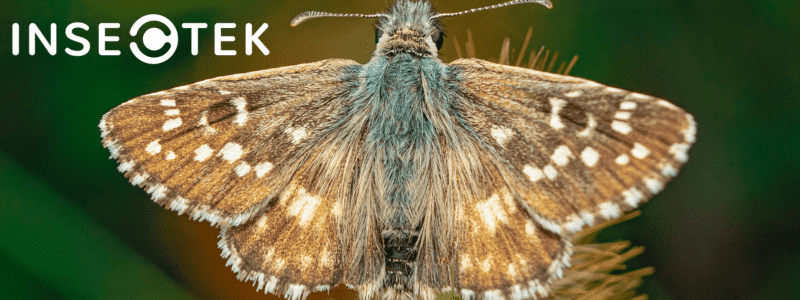
Moths are part of the same order as butterflies. They have feathery antennas, two pairs of wings, and large eyes. They’re nocturnal and seek light sources such as porch lights and lamps. Some species can damage crops, clothes, and other materials in and around the home. Moths are attracted to material with traces of sweat or stains and light sources. They may enter a home through small cracks in doors and windows if prompted.
Knowing how to deal with these 10 Arizona summer bugs will help you and your family avoid insects as best as possible in the sweltering heat. There are dozens of other bugs and creepy crawly pests to avoid in Arizona, but following some known bug safety tips also helps.
Mosquitos
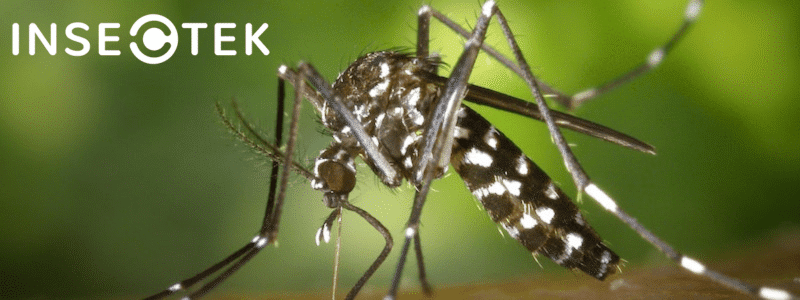
Mosquitos are another bloodsucker to look out for in Arizona. They’re especially active near water and other areas with moisture buildup. They leave behind itchy, sometimes painful bumps on the skin of humans and animals. Mosquito-born diseases are a serious threat, especially in parts of the world where malaria is prominent. They can carry the Zika virus, West Nile virus, and dengue, among others.
How to Keep Bugs out of My House in the Summer

We want to keep our homes safe from pests year-round, especially during the Arizona summer when invaders are more plentiful. Follow these tips to keep your home bug free in the summer:
- Repair cracks and gaps in your home’s foundation, windows, and doors.
- Eliminate standing water sources from your yard and house.
- Fix any leaks in your plumbing or sinks.
- Keep all food properly covered and contained.
- Install fine mesh screens on windows and doors.
- Wipe down surfaces, keep trash tidy, and remove debris from your garage.
- Trim back plants and shrubs that make ideal nests for bugs during summer.
These measures to prevent bugs from invading your property should go a long way. However, some bugs in Arizona are persistent during the summer and may require professional pest control.
Why Are There So Many Bugs This Year?

Arizona’s rising pest numbers have recently been an issue for homeowners and residents. This year is no different. With increasing average temperatures, less water, and more drastic swings between winter and summer climates, pests are drawn to man-made food and water sources.
Additionally, for pests that like the hot summer months, these have been lasting longer. All in all, more bugs than ever are trying to invade our homes.
Summer Bug Safety Tips
In addition to following the best practices for keeping bugs out of the house, stay safe from pests by:
- Avoid using scented perfumes or soaps
- Wear bright-colored clothing to repel mosquitos
- Wear long sleeves or appropriate clothing for grassy areas
- Stay away from standing water, and remove it if possible
- Wear bug spray or insect repellent
Stay safe from bugs this summer and year-round by eliminating the things they are most attracted to. These methods are not as foolproof as preventing bugs via pest control, but they help keep you from being bitten when you can’t control the swarm.
Published On: October 31, 2022
Updated On: June 8, 2023






